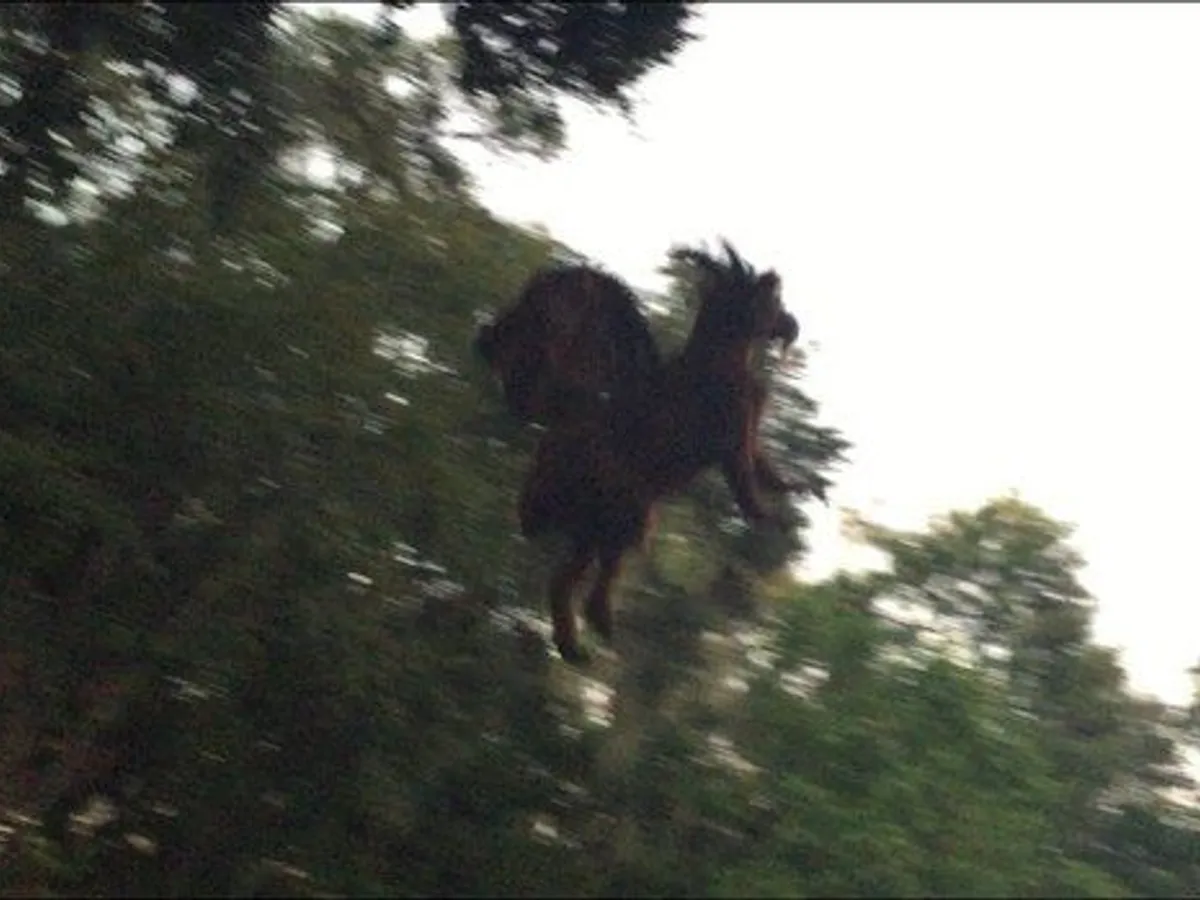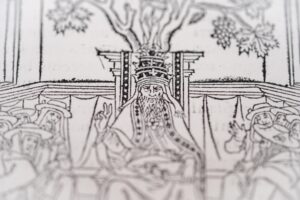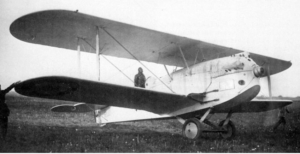Driving through a tunnel of darkness with nothing but our high beams to guide us, I could see why some people find the Pine Barrens scary. Here, cell reception is mostly dead, deer seem eager to cause car accidents, and the Jersey Devil stalks the woods. At least, that’s what locals tell their kids whenever they want them to behave.
I’ve spent considerable time in New Jersey over the last couple of years, and have often heard people mention the Jersey Devil. In South Jersey, the Jersey Devil is not just a popular folk tale to scare children; it is an unofficial mascot and part of their cultural heritage.
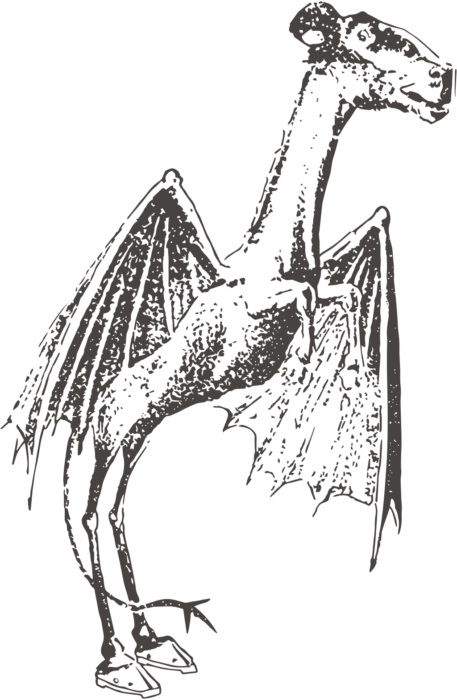
Jersey Devil illustration. Photo: Philadelphia Bulletin
Those who claim to have seen the Jersey Devil describe it as a monstrous, grotesque creature reminiscent of a science experiment gone wrong. It is a mishmash of different animals, with the head of a horse or goat, wings like a bat, long hands with claws, horse’s hooves, and the forked tail of the devil.
The Pine Barrens
The Pine Barrens is an extensive forested region in southern New Jersey, encompassing over a million acres. Culturally, it was the scene of one of the most popular episodes of The Sopranos TV series, which was set in New Jersey. Pine trees dominate the landscape. Human activity dates back approximately 10,000 years, with the arrival of the indigenous Lenape people. In the 1600s, Swedish and Dutch settlers arrived in the Pine Barrens and used the forest to establish settlements. In the Colonial and post-Revolution eras, the Pine Barrens became an epicenter for commerce, particularly iron mining.
It was during the Colonial period that stories of the Jersey Devil first emerged.
Origin of the myth
As with all legends, there are several variations of then origin story. Most of them connect the Jersey Devil to Leeds Point in Atlantic County or the Leeds family from that area. Some stories begin with a woman called Mother Leeds, who was pregnant with her 13th child. When she gave birth to a son, she supposedly cried out: “Let the child be the devil!” And the Devil delivered.
The child soon took on a demonic form, sprouting wings, a goat’s head, hooves, and a tail. He escaped through the chimney and into the pines.
Another variation explains that Mother Leeds, living near Mays Landing, gave birth to a child she did not want. She wished it were a devil so she could get rid of it. The baby thus transformed, flying away into the forest but occasionally trying to return to its mother.
Some stories say that Mother Leeds was a witch who mated with the devil. The Atlantic Monthly published an article on the beast in 1859:
“There lived, in the year 1735, in the township of Burlington, a woman. Her name was Leeds, and she was shrewdly suspected of a little amateur witchcraft. Be that as it may, it is well-established that, one stormy, gusty night, when the wind was howling in turret and tree, Mother Leeds gave birth to a son, whose father could have been no other than the Prince of Darkness. No sooner did he see the light than he assumed the form of a fiend, with a horse’s head, wings of a bat, and a serpent’s tail.”
The article goes on to explain that the beast escaped from its birthplace and terrorized the neighborhood. It also discovered an appetite for small children.
Another variation of the myth describes a young, naive girl from Leeds Point who became pregnant after sleeping with a British soldier during the Revolution. Her countrymen ostracized her, called her a traitor, and cursed her, which resulted in the Jersey Devil.
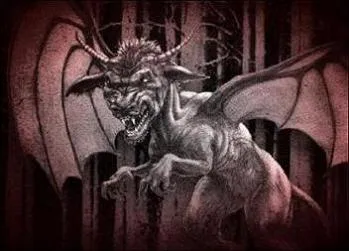
Jersey Devil. Photo: TV Tropes
Sightings
Stephen Decatur, a commodore in the Continental Navy during the American Revolution, reportedly saw the Jersey Devil and unsuccessfully tried to kill it with his cannons.
Joseph Bonaparte, brother of Napoleon Bonaparte, and former king of Naples and Spain, claimed to have seen it during a hunt. He was living on his estate in Bordentown, Burlington County.
The 19th and 20th centuries saw many more sightings. In the 1920s and 30s, people blamed the beast for the death of their livestock, with one witness describing its red eyes. Several towns reported incidents where the creature attacked groups of people in broad daylight. People also reported encounters next door in Pennsylvania, Delaware, and Maryland.
Locals organized hunts, and the Philadelphia Zoo offered a reward of $10,000 for the creature.
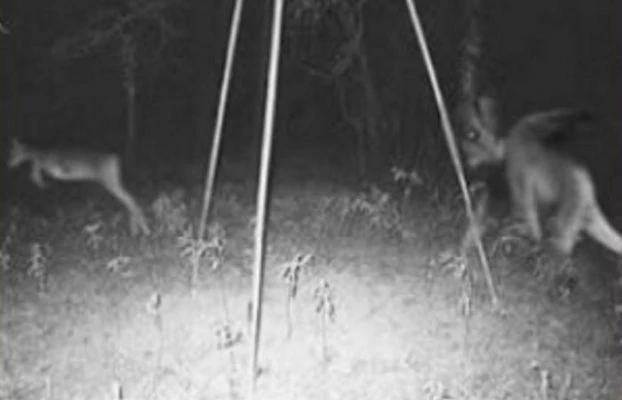
Supposed image capturing the Jersey Devil. Photo: Azelf5000/Cryptid Wiki
Today, people still report seeing the Jersey Devil while driving through the Pine Barrens. Others don’t see anything, but claim to hear an otherworldly screeching in the dead of night.
Theories
Historical records confirm there was a Leeds family who lived at Leeds Point. Records from the 1730s show that a woman named Deborah Leeds had 12 children with her husband, Japhet Leeds. However, a 13th child is not mentioned. In all these stories, the common denominator is an unwanted or unexpected pregnancy.
Historian Brian Regal found that there was another Leeds family, famous for their eccentric beliefs. Daniel Leeds was a publisher, producing an almanac mixing astrology and Christian faith. Leeds was considered a troublemaker and a heretic, and he fell out badly with the local Quakers. The Quakers called him “Satan’s Harbinger.”
Daniel Leeds even caught the attention of the great Benjamin Franklin. Franklin produced his own almanac, and the two men became rivals. The men had a petty back-and-forth, and the dislike continued even after Daniel died and his son, Titan, took over.
The Leeds family embraced their weird reputation, using their family crest on their publications, which depicted a creature resembling the Jersey Devil. However, it could have been a dragon, which is not all that unusual for esteemed families with a long history.
If there is a creature in the Pine Barrens, what could it be? Some imaginative people have proposed an undiscovered species, a hybrid, or a type of dinosaur. Others suggest a large species of bat. However, North America does not have such mega-bats. No explanation has been satisfactory enough to put the legend to bed.
Conclusion
Though beautiful in their way, the Pine Barrens were a social purgatory. Outcasts from all walks of life settled there, from criminals to artists. People called them “pineys” or “pine rats” and often made up stories to keep them isolated. Perhaps one of these stories took off, growing over time to become a key part of local folklore.
